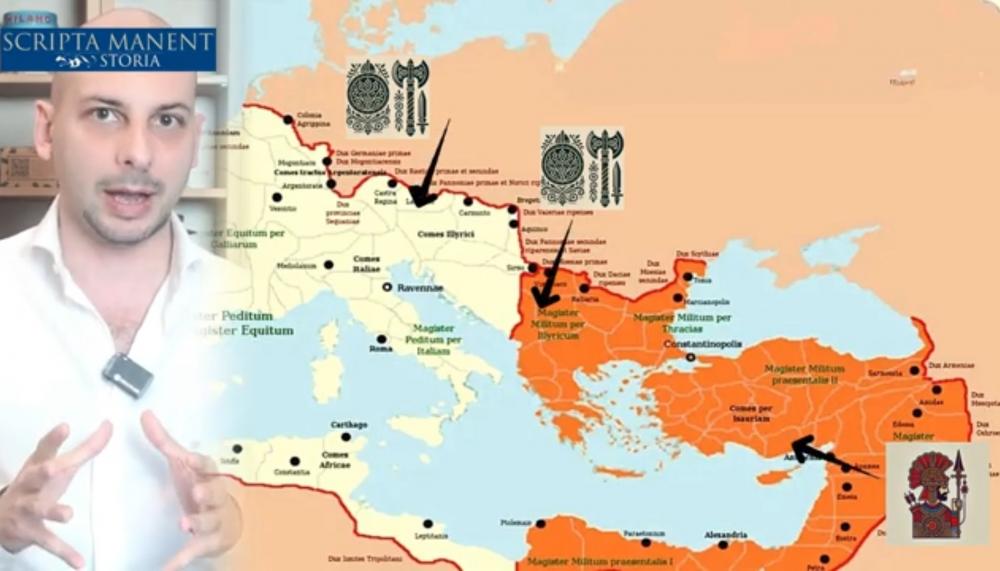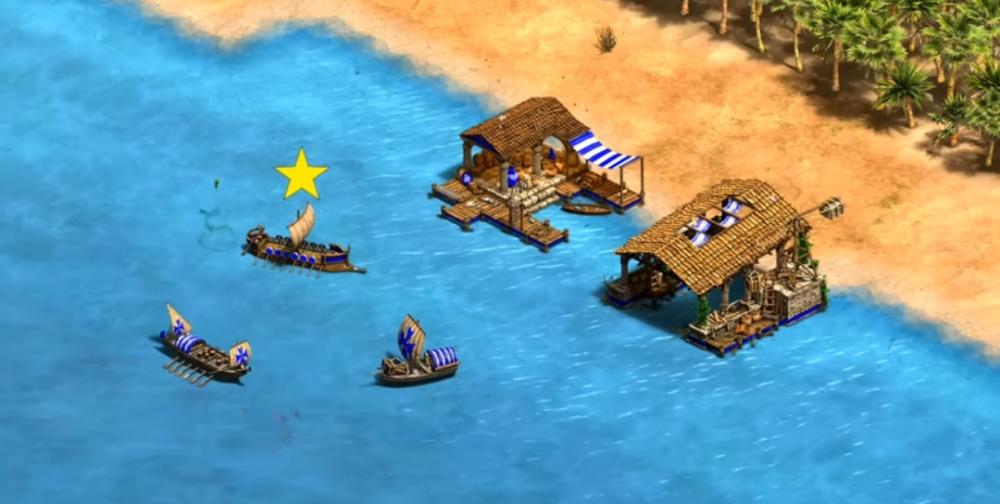-
Posts
25.684 -
Joined
-
Days Won
300
Everything posted by Lion.Kanzen
-
.thumb.png.ce58cea22940c255f5b0a735d5abee36.png)
Why is the 0 A.D community so small?
Lion.Kanzen replied to Doctor Moist's topic in General Discussion
Is the new old timer. -
.thumb.png.ce58cea22940c255f5b0a735d5abee36.png)
Civ: Dominate Romans (late Rome)
Lion.Kanzen replied to wowgetoffyourcellphone's topic in Delenda Est
Diocesan Structure. In the later organization of the Roman Empire, the increasingly subdivided provinces were administratively associated in a larger unit, the diocese (Latin dioecesis, from the Greek term διοίκησις, meaning "administration").[2] Christianity was given legal status in 313 with the Edict of Milan. Churches began to organize themselves into dioceses based on the civil dioceses, not on the larger regional imperial districts https://en.m.wikipedia.org/wiki/Diocese https://en.m.wikipedia.org/wiki/Roman_diocese Support unit the Vicar. The vicars had no military powers. Troops stationed in the dioceses fell under the command of a comes rei militaris, who was directly under the control of the magister militum and was in charge of the duces who had the military command of individual provinces. https://en.m.wikipedia.org/wiki/Vicarius ------- All those terms from the Middle Ages and Roman Catholicism are civil, This is Clement's influence to copy Roman administrative systems and use them for the church. ----- Spanish wiki: The vicar was appointed directly by the emperor from among the senators who had reached the rank of consul and, therefore, received the treatment of eminentissimus vir. Under him were the governors of the new provinces of the Lower Empire, who could be of praetorian or consular rank. His powers were exclusively civilian, since the command of the troops stationed in his diocese corresponded since Constantine I to a doge in the case of frontier troops or to a comes if the garrison was part of a maneuvering army. https://es.m.wikipedia.org/wiki/Vicario_(Antigua_Roma) -
.thumb.png.ce58cea22940c255f5b0a735d5abee36.png)
Civ: Dominate Romans (late Rome)
Lion.Kanzen replied to wowgetoffyourcellphone's topic in Delenda Est
-
.thumb.png.ce58cea22940c255f5b0a735d5abee36.png)
Civ: Dominate Romans (late Rome)
Lion.Kanzen replied to wowgetoffyourcellphone's topic in Delenda Est
-
.thumb.png.ce58cea22940c255f5b0a735d5abee36.png)
Civ: Dominate Romans (late Rome)
Lion.Kanzen replied to wowgetoffyourcellphone's topic in Delenda Est
-
.thumb.png.ce58cea22940c255f5b0a735d5abee36.png)
Civ: Dominate Romans (late Rome)
Lion.Kanzen replied to wowgetoffyourcellphone's topic in Delenda Est
-
.thumb.png.ce58cea22940c255f5b0a735d5abee36.png)
Why is the 0 A.D community so small?
Lion.Kanzen replied to Doctor Moist's topic in General Discussion
I agree, very few and it is not even felt due to the snowball effect of the economy. -
.thumb.png.ce58cea22940c255f5b0a735d5abee36.png)
Why is the 0 A.D community so small?
Lion.Kanzen replied to Doctor Moist's topic in General Discussion
Yes, less boring, that's why we should have an Encyclopedia and gameplay that is fun with each culture. Unique gameplay with each faction. The nomadic system will be very interesting once it is more developed. I intend for it to have civic, commercial, military and religious technologies and political. -
.thumb.png.ce58cea22940c255f5b0a735d5abee36.png)
Civ: Dominate Romans (late Rome)
Lion.Kanzen replied to wowgetoffyourcellphone's topic in Delenda Est
Option B with Bagaudae https://ageofempires.fandom.com/wiki/Militia_(Age_of_Mythology) The same as Poseidon's militias. Infantry. Appear when Poseidon's buildings are destroyed to defend his town. In-game description The Militia is an infantry unit in Age of Mythology that is unique to Poseidon. Militia cannot be trained; they can only be generated when a Poseidon worshiper's building is destroyed. Different buildings generate different numbers of Militia. -
.thumb.png.ce58cea22940c255f5b0a735d5abee36.png)
Civ: Dominate Romans (late Rome)
Lion.Kanzen replied to wowgetoffyourcellphone's topic in Delenda Est
The name probably means "fighters" (troops) in Gaulish. C. E. V. Nixon assesses the Bagaudae, from the official imperial point of view, as "bands of bandits who roamed the countryside plundering and pillaging". J. C. S. Léon interprets the more complete documentation and identifies the bagaudae as impoverished local free peasants, reinforced by bandits, runaway slaves and deserters from the legions, who tried to resist the ruthless labor exploitation of the late Roman period. the manorial and military systems of the proto-feudal colonus, and all kinds of punitive laws and exactions in the marginal areas of the Empire. In the 5th century, Bagaudae were initially observed in the Loire Valley and Brittany, around 409-417 AD, fighting against various armies sent against them by the last seriously effective western Roman general, Flavius Aëtius. Aëtius used federates such as the Alans under his king Goar to try to suppress a Bacaudic revolt in Armorica. St. Germanus took pity on the Bagaudae, but they later revolted again under a leader named Tibatto. They are also mentioned at about the same time in the province of Macedonia, the only time they arise in the Eastern Empire, which may be related to economic difficulties under Arcadius. https://academia-lab.com/enciclopedia/bagaudae/ It would also be good if the bagaudae were mercenaries in favor barbarian armies -
.thumb.png.ce58cea22940c255f5b0a735d5abee36.png)
Civ: Dominate Romans (late Rome)
Lion.Kanzen replied to wowgetoffyourcellphone's topic in Delenda Est
https://www.jstor.org/stable/pdf/650121.pdf Peasant Revolts in Late Roman Gaul and Spain - JSTOR -
.thumb.png.ce58cea22940c255f5b0a735d5abee36.png)
Civ: Dominate Romans (late Rome)
Lion.Kanzen replied to wowgetoffyourcellphone's topic in Delenda Est
is not merely that slaves and servants are thieves and runaways, wine-bibbers and gluttons – the rich are much worse (iv. 3); it is their harshness and greed that drive the poor to join the bagaudae and flee for shelter to the barbarian invaders (v. 5 and 6). -
.thumb.png.ce58cea22940c255f5b0a735d5abee36.png)
Civ: Dominate Romans (late Rome)
Lion.Kanzen replied to wowgetoffyourcellphone's topic in Delenda Est
Sounds good. It gives me the idea of creating a militia men to defend the crops. But could it be done with low loyalty? Like: Bagaudae (also spelled bacaudae) were groups of peasant insurgents in the western parts of the later Roman Empire, who arose during the Crisis of the Third Century and persisted until the very end of the Western Empire, particularly in the less-Romanised areas of Gallia and Hispania. They were affected by the depredations of the late Roman state, wealthy landowners, and clerics.[1] The invasions, military anarchy, and disorders of the third century provided a chaotic and ongoing degradation of the regional power structure within a declining Empire. During the chaos, the bagaudae achieved some temporary and scattered successes under the leadership of members of the underclass as well as former members of local ruling elites. https://en.m.wikipedia.org/wiki/Bagaudae -
.thumb.png.ce58cea22940c255f5b0a735d5abee36.png)
Civ: Dominate Romans (late Rome)
Lion.Kanzen replied to wowgetoffyourcellphone's topic in Delenda Est
I was thinking of a fortified barracks. -
.thumb.png.ce58cea22940c255f5b0a735d5abee36.png)
Civ: Dominate Romans (late Rome)
Lion.Kanzen replied to wowgetoffyourcellphone's topic in Delenda Est
First big Churches (temples) https://en.m.wikipedia.org/wiki/Church_of_Saint_Simeon_Stylites 475 AD Visually I like this one. https://en.m.wikipedia.org/wiki/San_Vitale,_Rome This one is simpler and earlier. 401 AD -
.thumb.png.ce58cea22940c255f5b0a735d5abee36.png)
Civ: Dominate Romans (late Rome)
Lion.Kanzen replied to wowgetoffyourcellphone's topic in Delenda Est
-
.thumb.png.ce58cea22940c255f5b0a735d5abee36.png)
Civ: Dominate Romans (late Rome)
Lion.Kanzen replied to wowgetoffyourcellphone's topic in Delenda Est
In the previous video, the tactics of Rome's enemies are lightning/ blitzkrieg attacks with small, very damaging groups, including powerful cavalry. One flaw of the Western Empire was that they couldn't repair buildings after so many attacks. That happened in Dacia, the infrastructure was badly damaged. It would be nice to have a penalty to repair. Another defect was that the Roman borders were very large. In Persia and in Balkans-Danube, to name the places. -
.thumb.png.ce58cea22940c255f5b0a735d5abee36.png)
Civ: Dominate Romans (late Rome)
Lion.Kanzen replied to wowgetoffyourcellphone's topic in Delenda Est
Reused is better word. It makes sense in several buildings. I have several concept arts saved. -
.thumb.png.ce58cea22940c255f5b0a735d5abee36.png)
Civ: Dominate Romans (late Rome)
Lion.Kanzen replied to wowgetoffyourcellphone's topic in Delenda Est
-
.thumb.png.ce58cea22940c255f5b0a735d5abee36.png)
Civ: Dominate Romans (late Rome)
Lion.Kanzen replied to wowgetoffyourcellphone's topic in Delenda Est
-
.thumb.png.ce58cea22940c255f5b0a735d5abee36.png)
gameplays Age of Empires 2 stuff
Lion.Kanzen replied to Lion.Kanzen's topic in Introductions & Off-Topic Discussion
@wowgetoffyourcellphone You already had this idea. If we adapt an architectural idea, it would be to make the second port as a kind of siege workshop for ships. -
.thumb.png.ce58cea22940c255f5b0a735d5abee36.png)
Movies set around 0 AD?
Lion.Kanzen replied to azayrahmad's topic in Introductions & Off-Topic Discussion
A very interesting review. Youtube knows what I like. Several scenes with a review and a rate. -
.thumb.png.ce58cea22940c255f5b0a735d5abee36.png)
Planned Disruption - Migration to git and Gitea
Lion.Kanzen replied to Itms's topic in Announcements / News
Señor* ++++ I wanted to understand Gitea and git language. -
I like this graphic explanation.


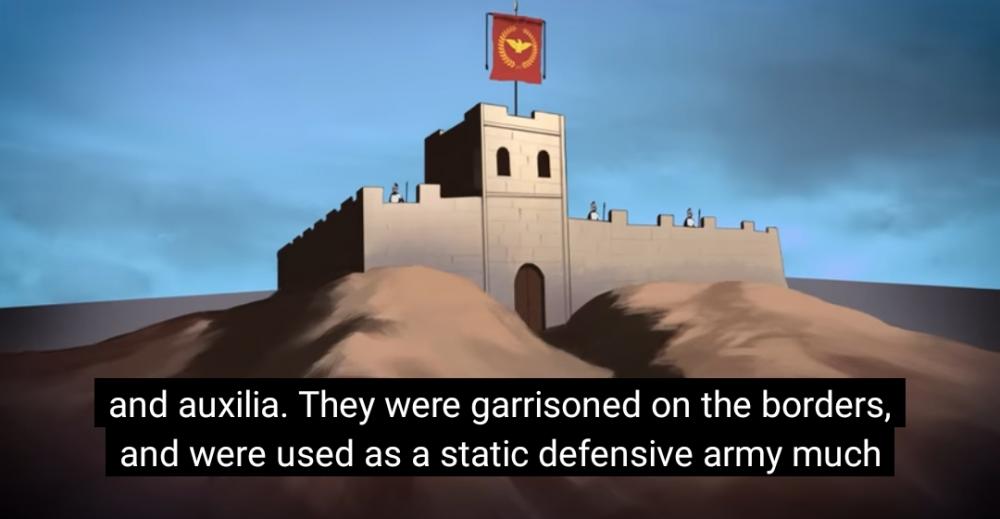
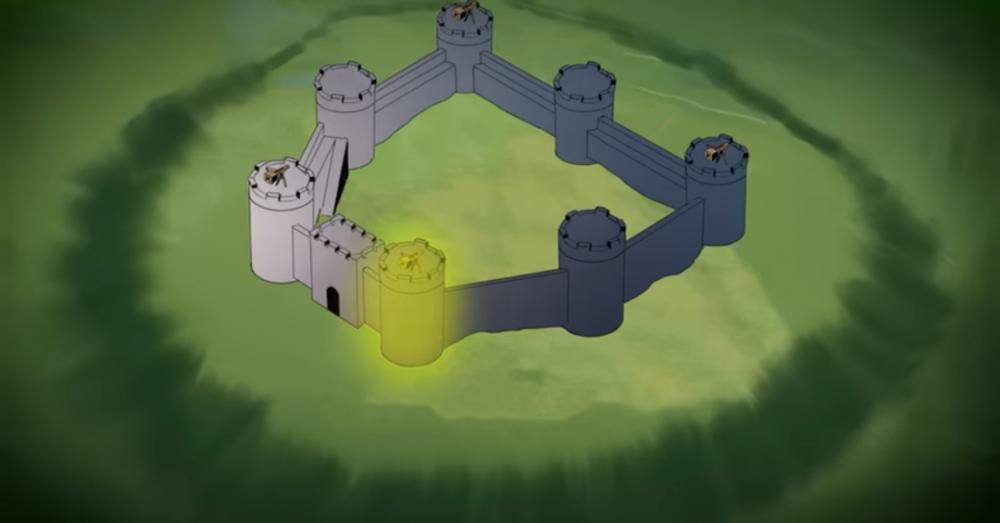
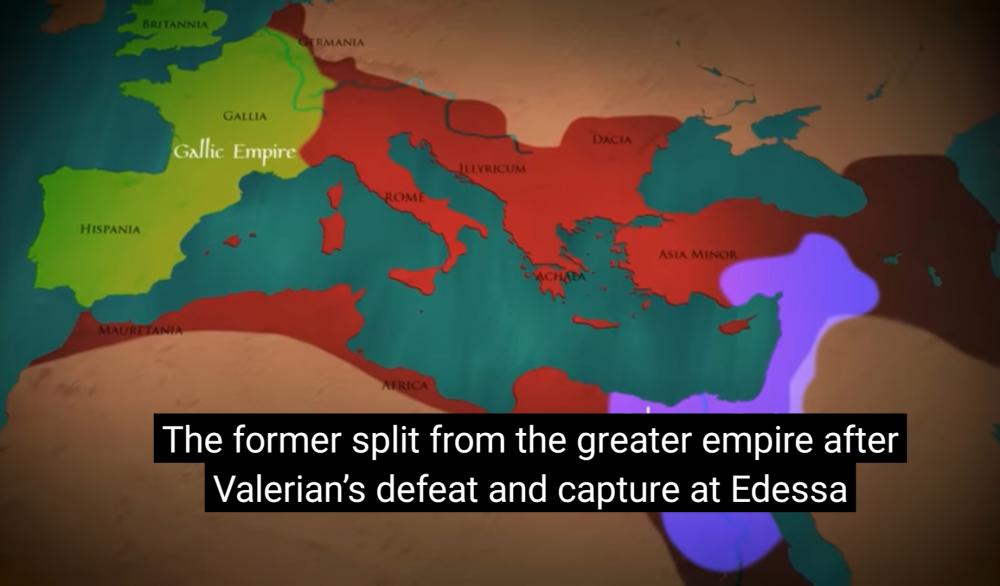
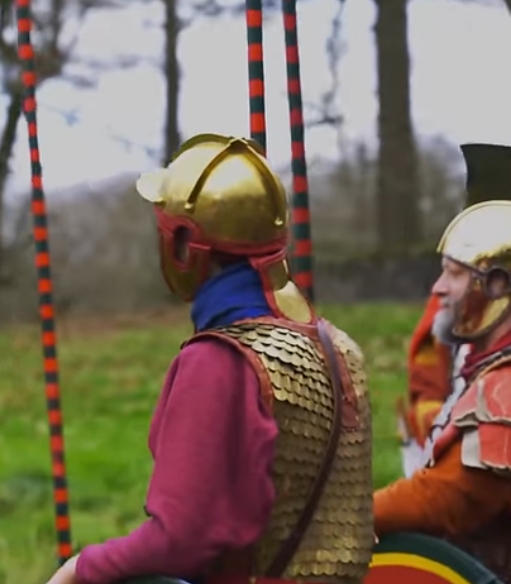
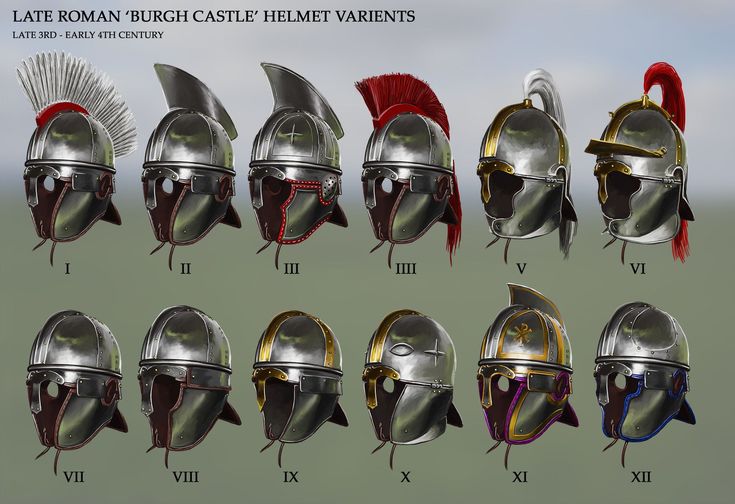
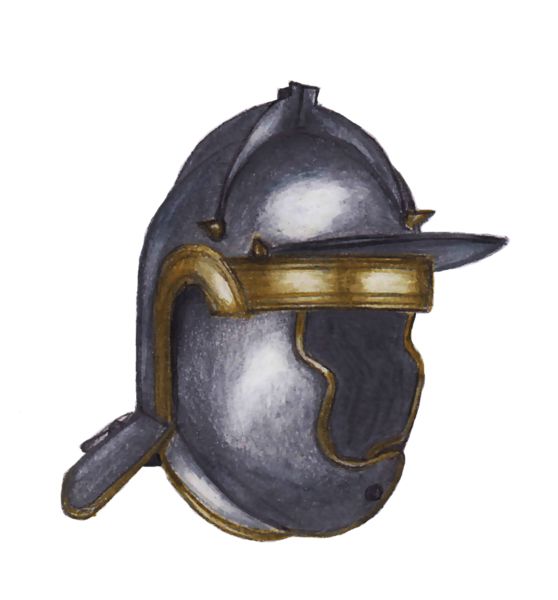


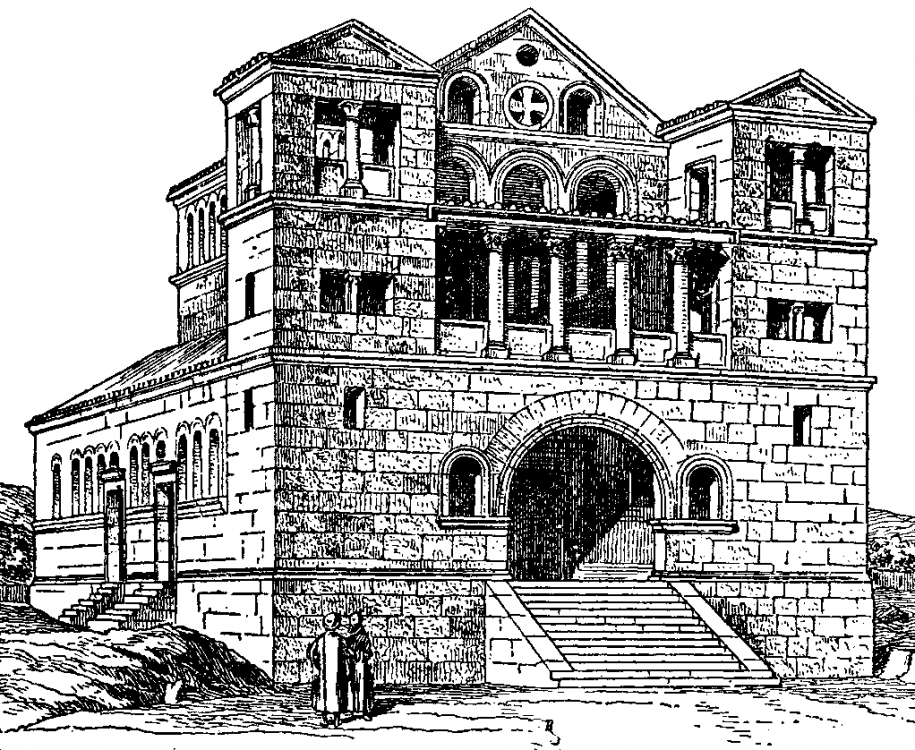
.thumb.jpg.947b4d1ca0503dd2ec249d3be9b3fd43.jpg)
